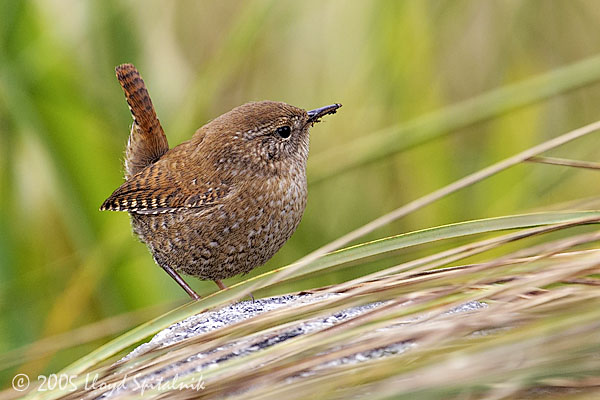
Troglodytes troglodytes
TAXONOMY
Motacilla troglodytes Linnaeus, 1758, Sweden. 44 subspecies recognized.
OTHER COMMON NAMES
English: Wren, northern wren, holarctic wren; French:
Troglodyte mignon; German: Zaunkцnig; Spanish: Saltapared
Invernal, Cochнn.
PHYSICAL CHARACTERISTICS
3.6–4 in (9–10 cm). Weight 0.26–0.39 oz (7.5–11.0 g). A very
small, short-tailed, and heavily barred wren. Upperparts are
warm dark brown, with conspicuous narrow dark bars on wing
and tail feathers. Chin and throat are grayish brown, becoming
more reddish lower; flanks are deep reddish brown with darker
bars. Eyes are brown; bill is brown with paler base; legs brown.
Sexes are similar. Juvenile has obscure mottles on chest, and
flank bars are less distinct.
DISTRIBUTION
The most widespread of the wrens, found in four continents.
North America, breeding range from Alaska, the Aleutian Islands
south in mountains to California, eastward across Canada
to Newfoundland and south in mountains to Georgia; winter
to northern Mexico. Old World from Iceland and Scandinavia
south to Spain, Morocco, Algeria, and Libya; eastward to Russia,
Caucasus, Turkey, and Iran; central Asia from Afghanistan
to eastern Siberia, Japan, China, and Taiwan, including many
offshore islands in Europe and east Asia.
HABITAT
Extremely varied habitat. In North America, occurs most often
in cool forested areas, especially coniferous. In Europe and
Asia, occurs in various types of bush and woodland, including
deciduous woods with extensive undergrowth; also in suburban
areas and treeless offshore islands with low scrubby vegetation.
Sea level to 13000 ft (4000 m) in central Asia.
BEHAVIOR
Territorial in breeding season, but will sometimes roost communally
in winter, with several dozen birds crammed in layers
into a suitable cavity. Spends most of time down in vegetation,
hopping mouse-like through dense tangles; flights are always
low and short, between adjacent cover. Song is loud and vehement,
a prolonged series of trills and clear notes, much sweeter
and purer than song of the house wren.
FEEDING ECOLOGY AND DIET
Not known.
REPRODUCTIVE BIOLOGY
Nest is a domed structure with side entrance, usually in dense
vegetation or cavities; island races may nest in crannies in
rock-faces or ruined buildings. Eggs number five to eight,
rarely three to nine. They are white with red-brown speckles;
some Aleutian races may lay white eggs. Incubation is by the
female for 16 days; young are fed by both parents for 14–19
days. Usually double-brooded. Polygyny is frequent but varies
among races. Males build many surplus nests; the female selects
the one to be used for breeding and adds the lining.
CONSERVATION STATUS
Not threatened. Generally common or abundant over much of
its range; populations in Britain fluctuate wildly, being decimated
by a severe winter but bouncing back very rapidly. Some
island races have very small populations that may fluctuate
quickly.
SIGNIFICANCE TO HUMANS
A familiar and popular bird, it is the subject of extensive folklore
in many countries, well enough known to be among the
few birds with a given name in English, Jenny Wren.
Other popular Animals
Photo Gallery of - Winter wren
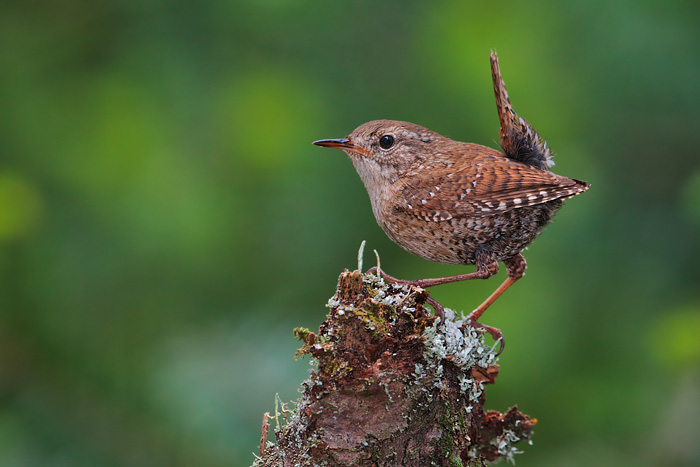
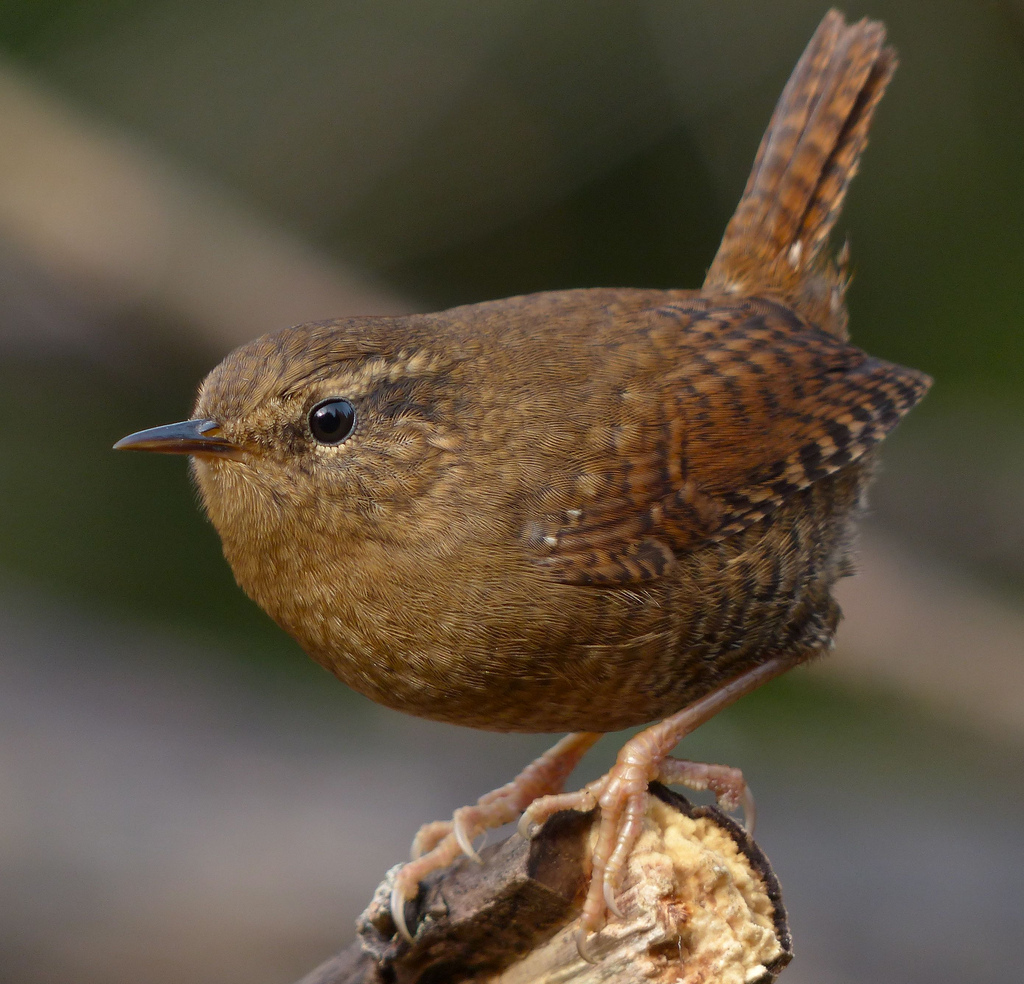
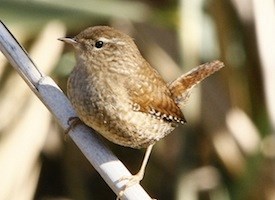
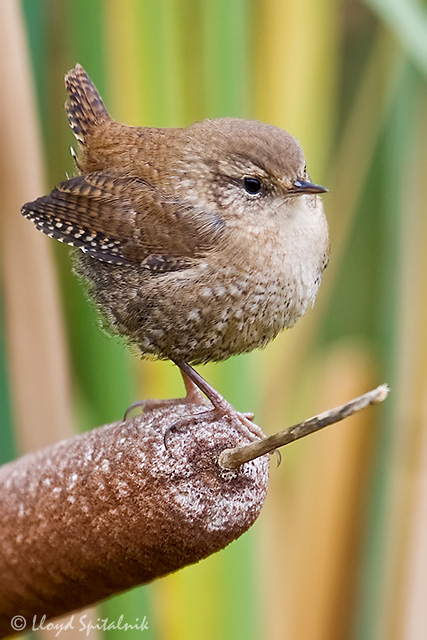
 Animalia Life
Animalia Life